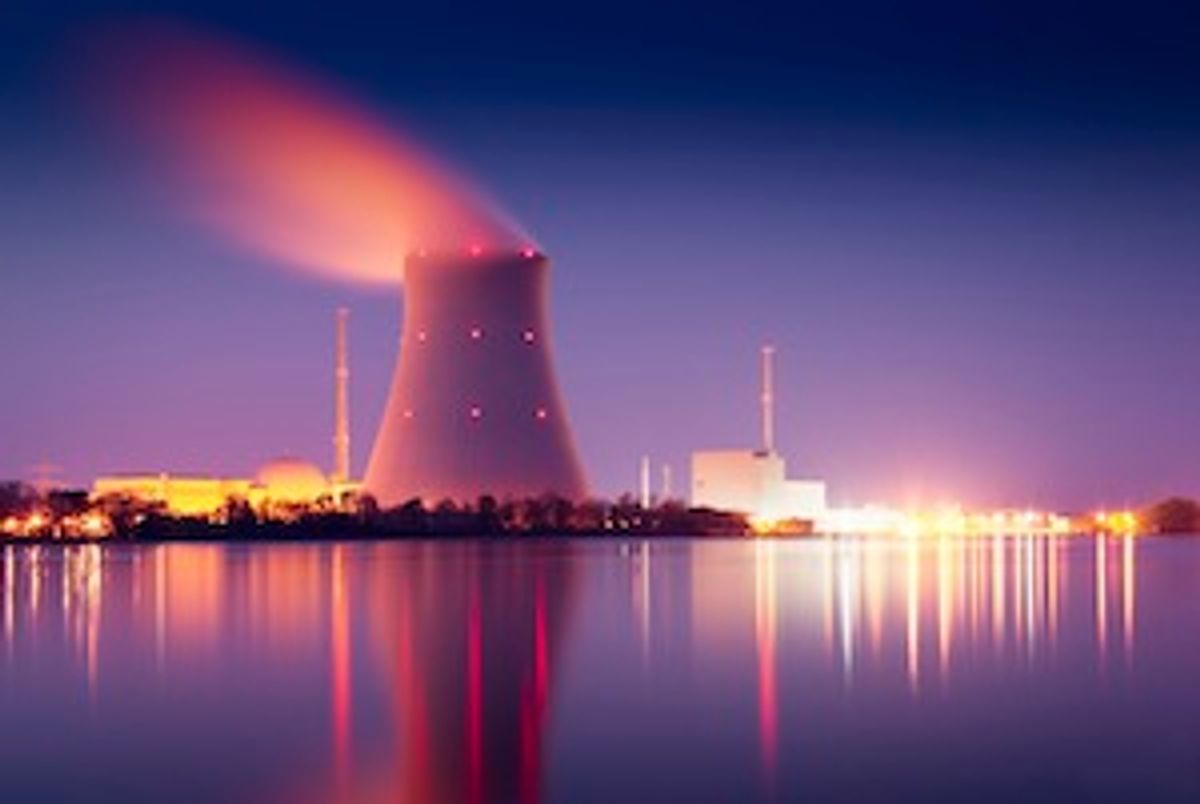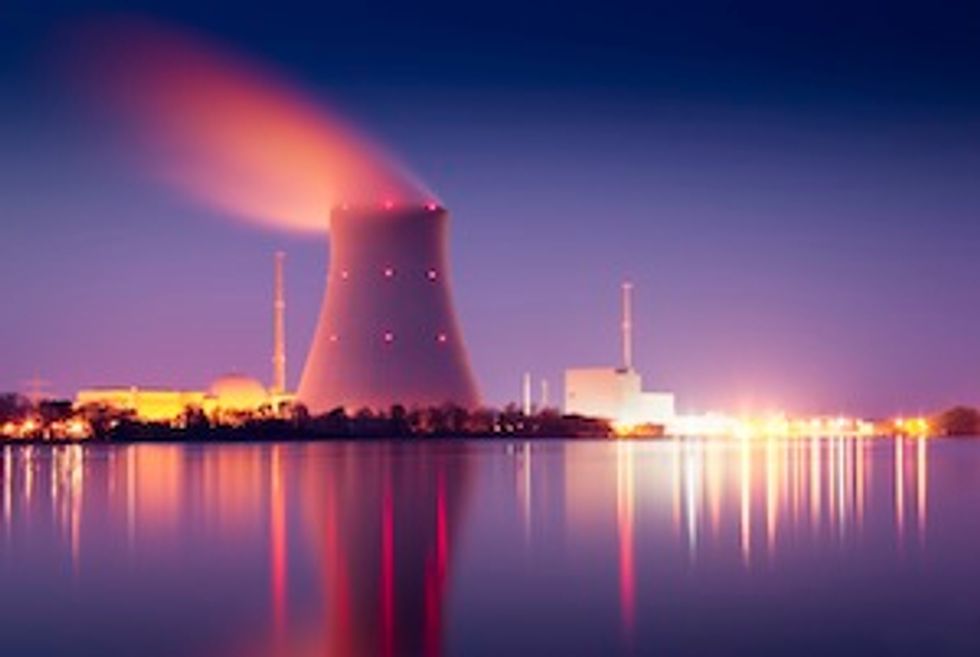Editor's Note: This is part of our ongoing coverage of Japan's earthquake and nuclear emergency.This column expresses the opinion of the author and not the position of the IEEE.
The nearly simultaneous earthquake, tsunami, and nuclear incidents in Japan have forced us to think long and hard about the use of nuclear power. Is nuclear power safe? Is it environmentally sound? Is it even necessary? These questions are valid, but they’re the same questions we always ask when new technologies cause harm. Rather than give up on nuclear power, we must continue to make it safer.
As a child in the 1950s, I remember when my favorite uncle died in an airliner collision. It was a full 50 years after the new technology of flight had gained a foothold. Flight struggled through decades of poor safety after the “new technology” of flying was born. I remember many, many people questioning commercial aviation in the mid-20th century. Today, planes are incredibly safe, but they could have never evolved to be so if we had given up.
I have raced sports cars semiprofessionally for almost 50 years (semiprofessionally means it costs me more than I earn). In the 1960s and 1970s I lost several friends and many acquaintances in race car crashes. In 2010, I walked away with no physical effects from a crash that was much more severe. Why? Because the “new technology” of vehicle and passenger safety dynamics was still in its infancy 50 years ago, and it has matured.
The evolution of all new technologies is a process, and that evolution comes from identifying and solving problems as they arise. We just don’t understand everything when we begin with a new technology. In the case of aircraft, we have learned to design using design margins well over requirements. So, for example, a passenger airplane will be designed with a failure wing loading of perhaps 1.5 times the maximum anticipated or specified wing loading. We have also learned to make the air traffic control system more robust and user friendly. This evolutionary process of flight continues today and will forever.
In fact, design margins have helped limit the damage in Japan. The Fukushima facility survived intact after the magnitude 9.0 earthquake, though that was a far higher than what it was designed to withstand--the designers thought the largest foreseeable earthquake would have a magnitude around 8.0, and earthquake magnitudes are not a linear scale. The design of the facility performed beyond expectations. The problem we are now facing is that the design did not, apparently, consider a tsunami of the size that resulted from the earthquake.
So what should we learn from this? The events of the last couple of years all around the world seems to indicate that Mother Nature is becoming a bit more violent than we have experienced in the past, so perhaps we need to design to more severe requirements than the common 100-year worst-case natural event; perhaps we need to design for 200-year or 500-year worst-case events. We obviously need to consider how a nuclear facility built on a coastline will survive a tsunami much larger than we have considered in the past. We also must take a step back and reassess the design and construction of our current reactor facilities in light of today’s learning, and retrofit them as necessary for tsunami survival and construction design margin.
The cry against current or new nuclear power ignores the real issues of electrical power generation now and in the future. I know few people who would willingly give up their current use of electrical energy, and the increasing use of plug-in hybrid vehicles will increase the need for electrical generation. Our world of rapidly increasing population and industrial development will increase the need for electrical energy simply with population growth, in spite of any increases in the efficiency of use of energy. So the question we must answer is, how do we cope with our current and increasing electrical needs?
Today, almost 50% of electricity in the United States comes from coal, almost 20% from natural gas, almost 20% from nuclear and 7% from hydroelectric. That adds up to over 95% of the United States electrical energy generation capability. Everything else, including solar and wind, today contributes less than 5% of U.S. electrical needs. Other countries have different mixes, as France gets over 80% of its electricity from nuclear, but coal, fossil fuel, and nuclear power are, and will be well into the future, responsible for generating most of our world's electricity.
Realistically and practically, sustainable technologies like wind and solar are not going to be large contributors to the needed generation of electrical energy for decades, even if you ignore their need for energy storage in times of calm or darkness. These technologies need large amounts of land for relatively small generating capacities. Fusion electrical generation will not be able to contribute significantly to our need for electrical power for the best part of 100 years.
Our decisions on energy technologies are often based on politics, or are reached by comparing dollars spent versus dollars paid back, using inflated future dollars. Dollars, however, are not the real issue. The real issue for the world is the “energy spent” versus the “energy paid back”. The “energy spent” includes the energy needed to grow or find the resources (like ore or vegetation), mine or harvest the resources, refine the resources, transport the resources, build the energy sources, maintain the energy sources (like windmills or solar facilities), and refurbish or remove the sources after their nominal life. It seems to be a well-discussed fact that the production of ethanol from vegetation and its distribution use more energy in fossil fuels and electricity than we derive from the ethanol itself--so why do we still use it? Political considerations, I think. I wonder why we haven’t also seen energy-in versus energy-out calculations from solar and wind generation, and why we don’t demand this calculation for all new technologies.
For at least the next couple of generations, we're stuck using coal, fossil fuels, and nuclear power to provide the vast majority of our electrical needs. We may not like any of these choices, but they simply are our available choices given today’s technology and fiscal resources. Shouldn’t we increasingly focus on making them better and safer today and in the near future? Let’s learn to build safer nuclear reactors and cleaner fossil fuel facilities today while we fund the R&D that will be necessary for the breakthrough technologies that will replace these older energy generation technologies.
About the Author
Harold L. Flescher, a nuclear physicist, was general chairman of IEEE’s Nuclear and Space Radiation Effects Conference in 1980, was president of IEEE’s Nuclear and Plasma Sciences Society in the early 1990s, and was recently Vice-President of the IEEE Technical Activities Board and has been TA Treasurer twice. He is today the Treasurer of IEEE and a member of the IEEE Board of Directors.




